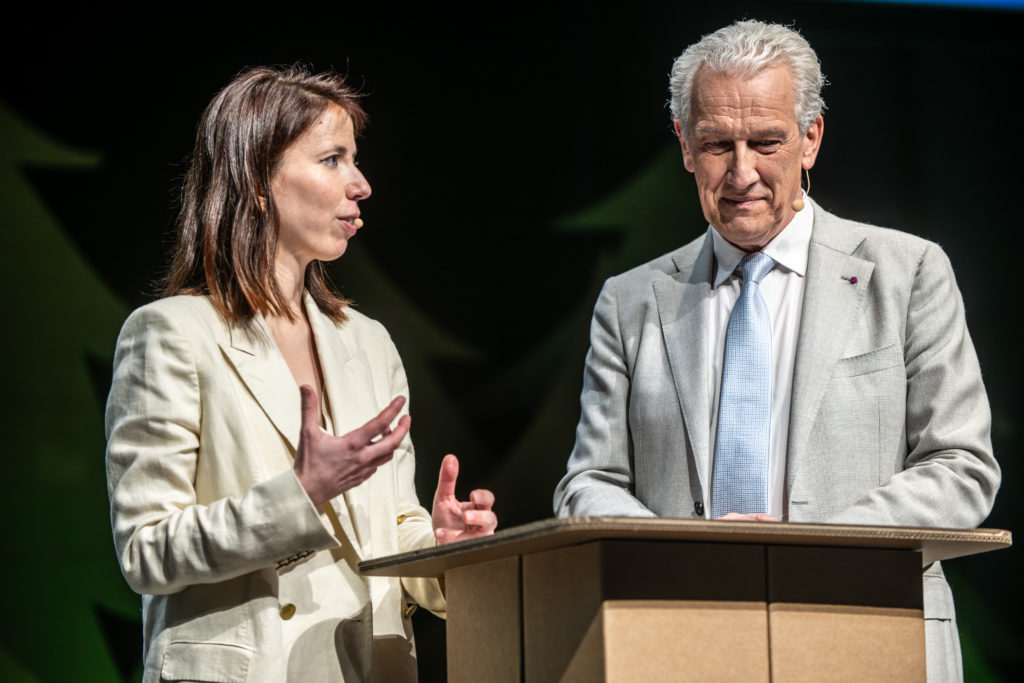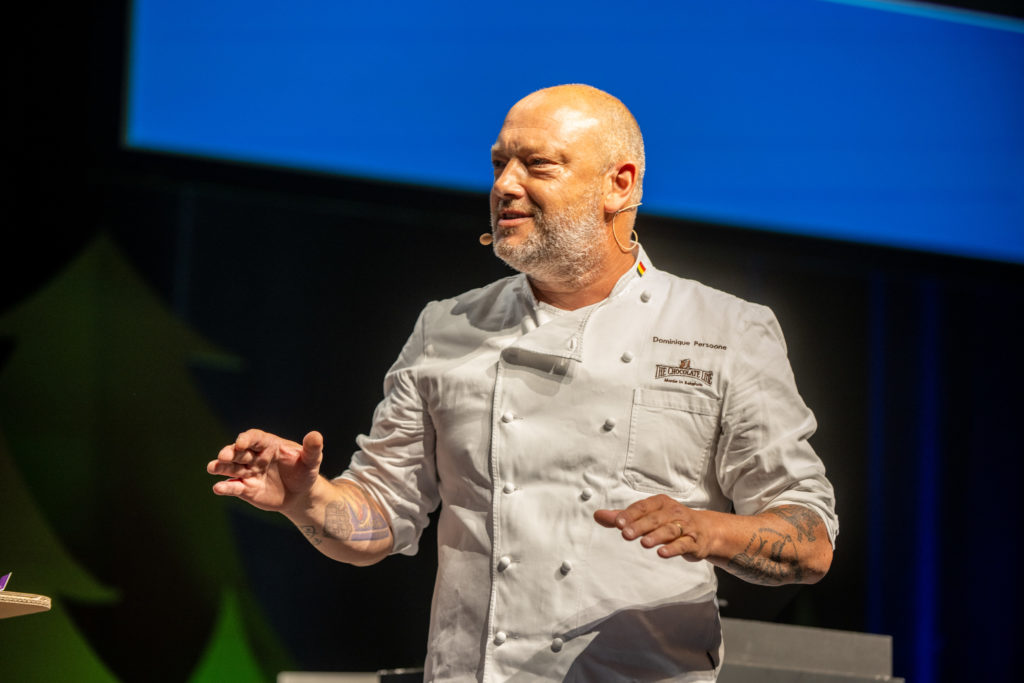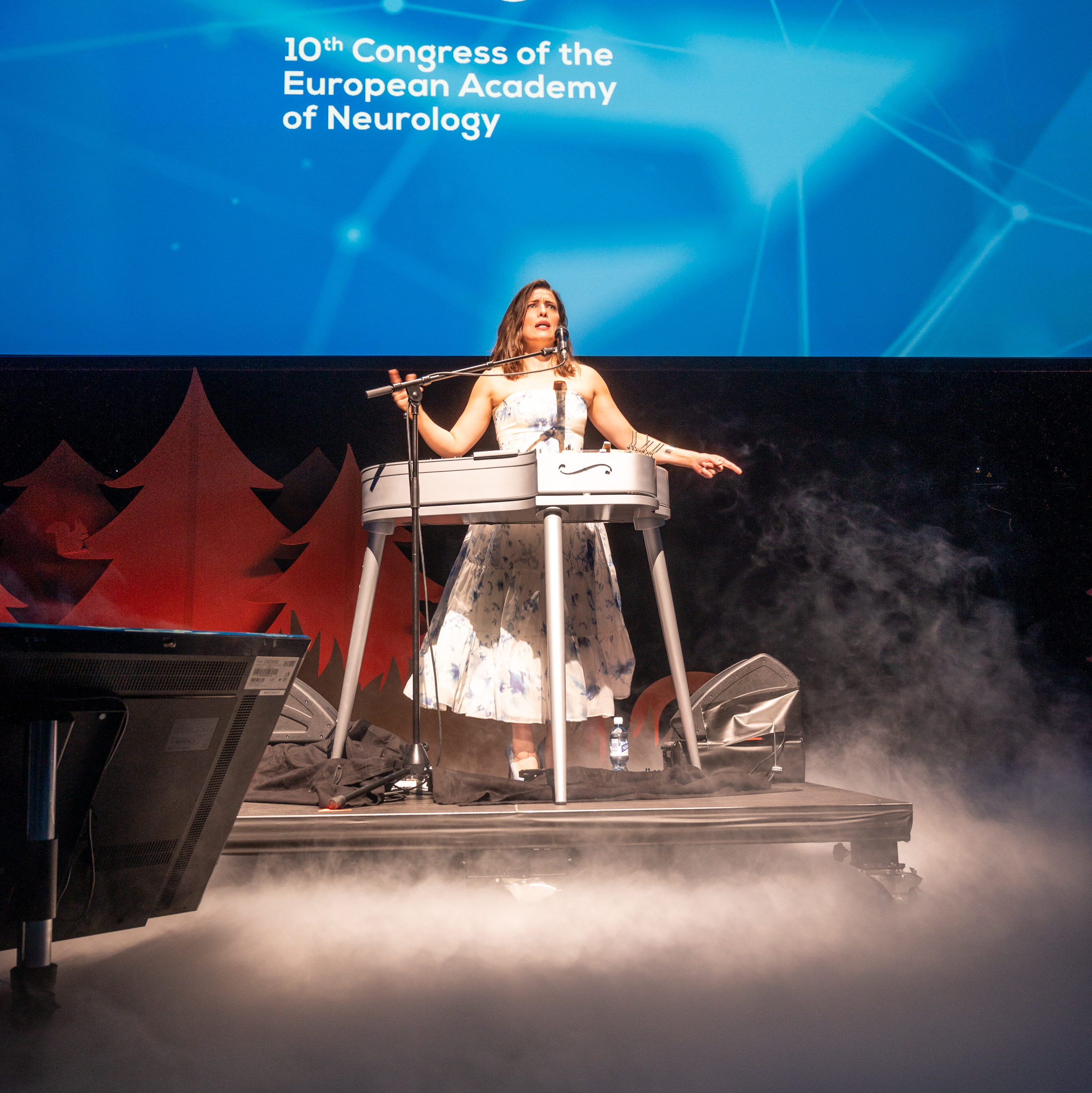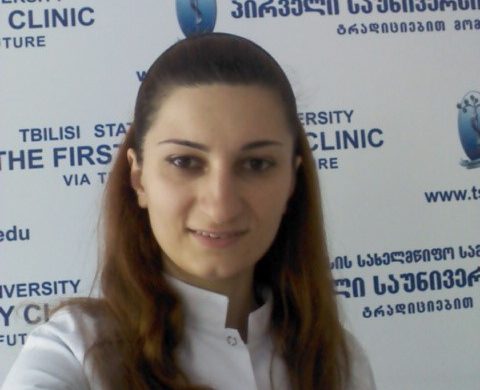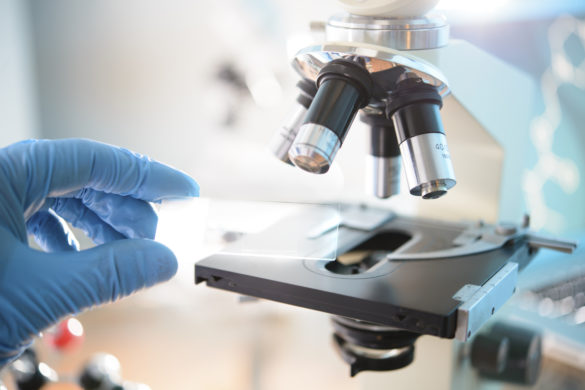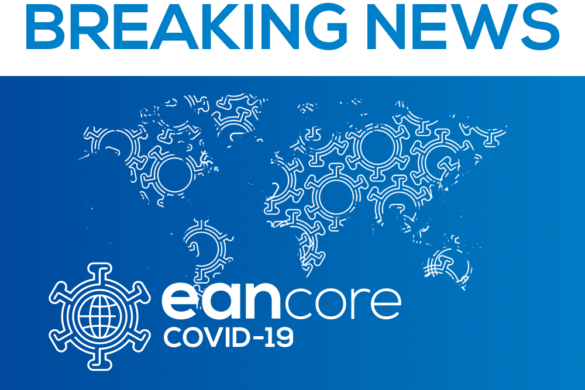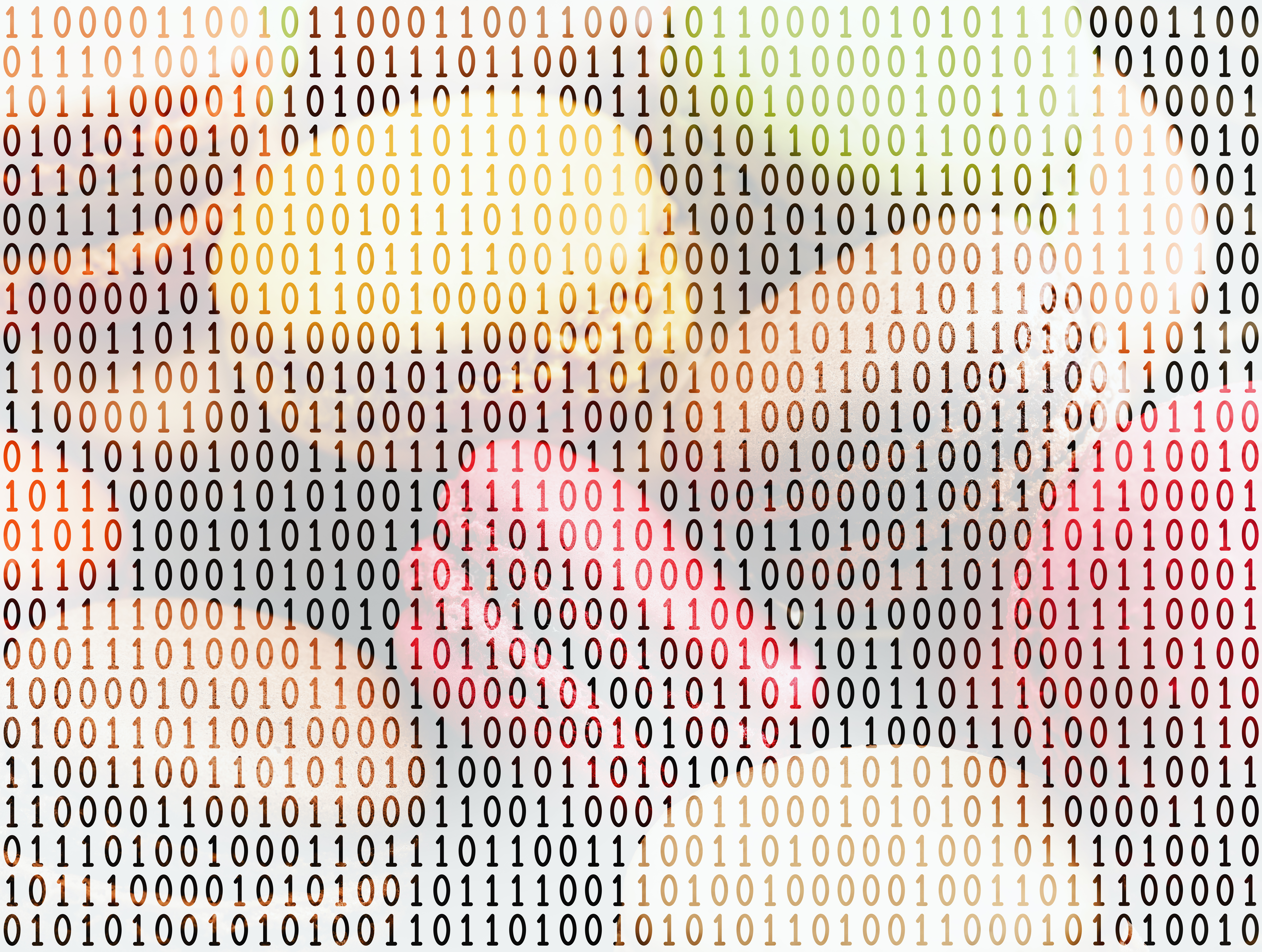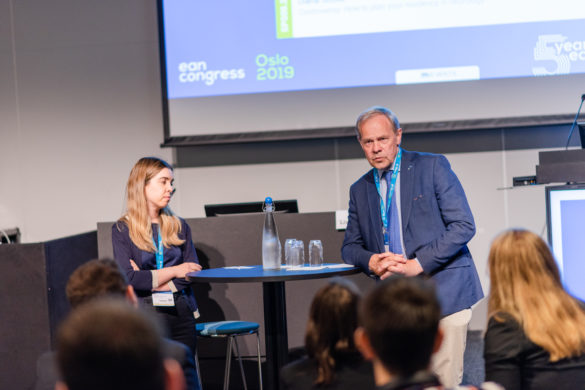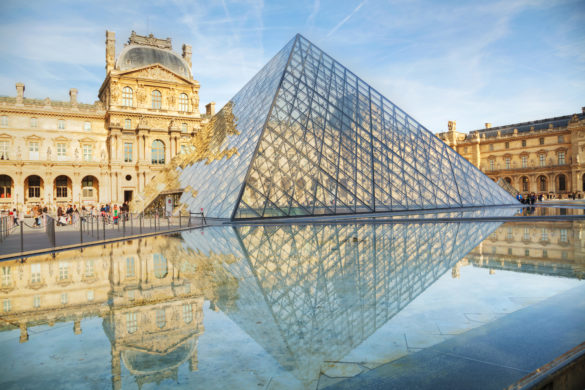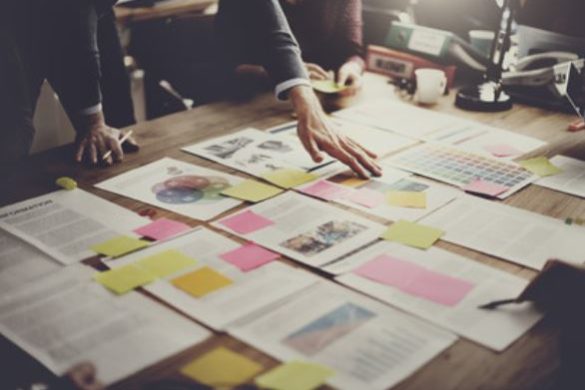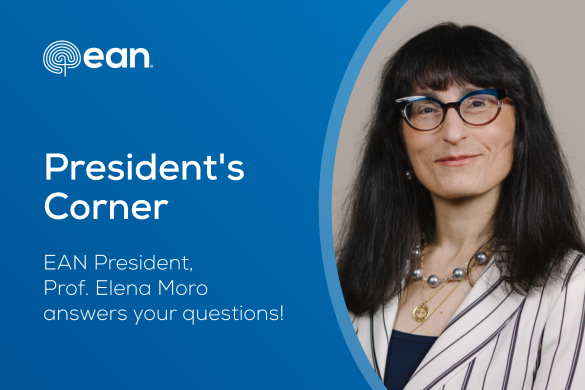by Mélisande Rouger
Happiness was at the centre of the Opening Session of EAN 2024, the 10th congress of the European Academy of Neurology (EAN) currently taking place in Helsinki, Finland, as positive news and inspiring guests took the stage on the first day of the meeting.
EAN President Prof. Paul Boon began the session looking back on the achievements of the society, which is celebrating its tenth anniversary this year.
“Cumulatively we have reached 110,000 participants – about 50,000 onsite, more than 60,000 virtually,” he said. “Tens of thousands of abstracts have been presented and discussed, 10,000 hours of video content have been watched and more than 20,000 individuals have held individual membership in the past decade.”
Boon also looked forward as he co-hosted the event with Dr Alice Accorroni, Chair of the Resident and Research Fellows Section (RRFS), who represent a community of young neurologists that makes up 52% of EAN membership.
All Time High for EAN 2024
More than 7,000 participants have registered onsite and another 2,000 virtually for EAN 2024, an all-time high for the congress, which is also beating records in terms of invited speakers and submitted abstracts.
Boon stressed that the connection with the 48 national neurological societies members, with the recent addition of Malta, is vital to the EAN, and emphasised the contribution of the society’s ‘scientific backbone’; the 28 scientific panels that represent the crème de la crème of European neurology.
He also noted recent major achievements, including the drafting and publishing of a strategic neurological research agenda for Europe that is clinically relevant for neurology patients and patient-centered. “Hopefully this will enhance the face of clinical neurology in Europe,” Boon said.
Forty-three per cent of the burden of disease is of neurological nature, and this burden incurs annual costs of €1.7 trillion in Europe, recent research shows. To address the issue, EAN has set up new task forces, for example on environmental influences in neurology, an area that is still poorly documented.
The RRFS has conducted surveys to explore patterns of migration of young neurologists, and to find gaps in access to stroke treatment. The society has also created task forces to assess the role of AI in clinical neurology, and to evaluate neurologists’ wellbeing and prevent burnout.
Brain Health and the Chocolate Shooter
The RRFS also launched a neuro-art contest to celebrate the EAN’s ten-year anniversary. “Creativity and art can help you boost your wellbeing and promote your brain health, which is at the centre of the EAN agenda,” Accorroni said.
“We have to take care about health, not just disease,” Boon echoed. “Brain health refers to optimal overall wellbeing functioning of the brain, maintenance of cognitive powers, emotional wellbeing and the continued and preserved ability to think, learn and remember. This involves adopting a healthy lifestyle (…), engaging in brain stimulating activities, taking measures to prevent cognitive decline, and possibly preventing neurological disorders.”
To promote and improve brain health, the EAN launched the Brain Health Mission in 2023, a collaborative effort between various stakeholders, including those that physicians do not typically approach, such as government agencies.
The next speaker delivered the audience a sensational experience. Dominique Persoone created the Chocolate Line lab in Brussels to explore the balance of flavours and study the effect of cocoa on the brain.
A few years ago, Persoone was asked to show in unexpected ways how chocolate can make people happy for Rolling Stones’ Mick Jagger’s birthday party.
“I let them sniff chocolate,” he said, showing the invention he created for the occasion – the “chocolate shooter”, with which chocolate powder has to be snorted through the nose rather than eaten, to allow the aromas to be absorbed earlier by the brain.
“The idea was to taste chocolate without really eating it. So, I mixed mint, ginger and chocolate,” said Persoone before snorting his powder in front of a delighted audience. “Chocolate is an amazing product, and it can make you laugh.”
To back this claim, Prof. Boon reviewed the established benefits of having a healthy relationship with chocolate.
“It has to do with high levels of cacao flavonoids and dark chocolate intake increases dopamine release,” he started. “Flavonoids’ antioxidant effects counter oxidative stress and inflammation, which are well-known underlying mechanisms of brain aging. This may increase neuronal and vascular cell growth in memory networks and improved vascularisation. The intake of more than 70% cocoa chocolate also improves brain plasticity.”
New research continues to show the wonderful effects of chocolate on the brain, for example a study conducted in healthy subjects performing cognitive tasks after intake of 25mg of dark chocolate vs. subjects that did not.
“The team imaged both groups with functional magnetic resonance imaging, and concluded that cacao polyphenol high content chocolate may enhance the efficient use of cognitive resources, as it reduces the effort of repeated continuous brain activity,” he said.
Persoone then invited the audience to taste three of his culinary creations as he released ambient sound and natural smells from the stage to enchance the effect of the product.
Music From the Happiest Country on Earth
After the chocolate tasting, it was time for the birthday cake, and Prof. Claudio Bassetti, EAN Past President, invited the board to cut a piece in a symbolic gesture.
Prof. Elinor Ben-Menachem and Prof. Niels Erik Gilhus were then awarded EAN Honorary Membership by Prof. Boon and EAN President-Elect Prof. Elena Moro.
Last but not least, Reetta K. Kälviäinen, President of the Finnish Neurological Society, delivered a presentation of Finland, which has been named the happiest country in the world for the seventh year in a row.
And to close the show on a happy note, as a special birthday surprise offered to the EAN by the Finnish Neurological Society, delegates were treated to a musical performance that highlighted the Kantele, a traditional Finnish instrument, in a joyful modern performance.

